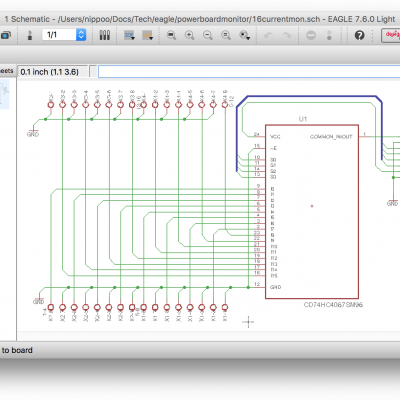Energy bills account for 2% of an average person’s income in the UK; yet most people pay them and rarely take time to reduce energy emissions in a quantifiable and data-driven way. Lighting, heating, and home appliances all account for varying percentages of electricity bills, but most people can’t accurately estimate where best to focus when trying to cut consumption. This project was drawn out of a frustration with existing “smart energy meters” which make no attempt at source differentiation.
Design
The initial prototype features a bunch of split current transformers (CTs) which are clipped onto circuits inside a distribution board or sub-panel. They are interfaced with a Raspberry Pi via a custom I2C interface board which performs time-division multiplexing to an 8-channel ADC via 8-channel multiplexers (on daughterboards) to be able to sample up to 64 circuits or appliances. Furthermore, a separate 3 channels of ADC are used to sample the voltage waveform (on 3 phases) at 1MHz to be able to calculate power factor and perform analysis of high-frequency waveform components for possible future source differentiation (if a kettle is on at the same time as a blender on the same circuit, it should be possible to separate it into both components.)
Roles
- Concept, design, build.
Year
2017-present



